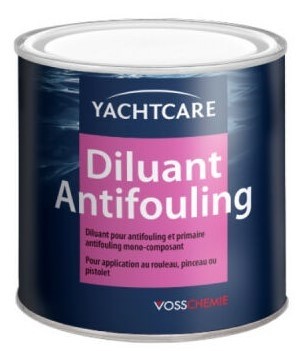A boat antifouling helps to combat fouling to keep the boat in good condition. The hull of boats, whether motor or sail, can usually be damaged by algae and shellfish. What is the purpose of antifouling? What are the different types? And how do you choose the right antifouling?
The role of an antifouling on a boat
Generally speaking, a boat has two main parts, regardless of the type of boat, such as dead and live works.
Antifoulings help to prevent shells from clinging to the hull of the boat, as they have a habit of attaching to submerged surfaces. In addition, this paint can also reduce the spread of marine vegetation. Thanks toantifouling, the surface of the hull in the water becomes quite smooth, which makes the boat perform better and faster, but it is also a fairly economical product. It is therefore necessary to use a boat antifouling regularly to protect the boat’s hull properly due to its characteristics.
The different types of antifouling
At present, there are several types of antifouling boat antifouling these include the following:
- Hard matrix: this is a type of antifouling that contains antifouling components, but which disappear quickly.
- Self-polishing: like all the other types, it also aims to protect the surface of the boat’s hull against small bumps to ensure a fairly powerful speed
- Semi-erodible or erodible: semi-erodible is intended for boats with a fairly slow speed, while erodible is also ideal for ships with a minimum of 25 knots.
- Anti-sticking: this is an antifouling that has a component to make the hull quite slippery.
- Propeller and base: this is a hard antifouling that can be applied by roller
- Sounders: it is used to cover the submerged parts of sounders and logs.
How to choose an antifouling?
It has already been mentioned that there are several types of antifouling. But how do you choose between these types? Here are some tips to follow:
- The type of boat: the choice of this material depends solely on the type of boat, whether it is a slow or fast model.
- The use of the boat: it is necessary to choose equipment according to its use. For example, if the boat is always in port, choose a hard matrix antifouling.
- The environment: choose an antifouling according to the environment in which it is used, such as in hot or cold water, tidal or current, fresh or salt water.
In conclusion, an antifouling is a better solution if you want to keep your boat in very good condition. However, every time you sail, you should always check whether the material is still fit for purpose.






